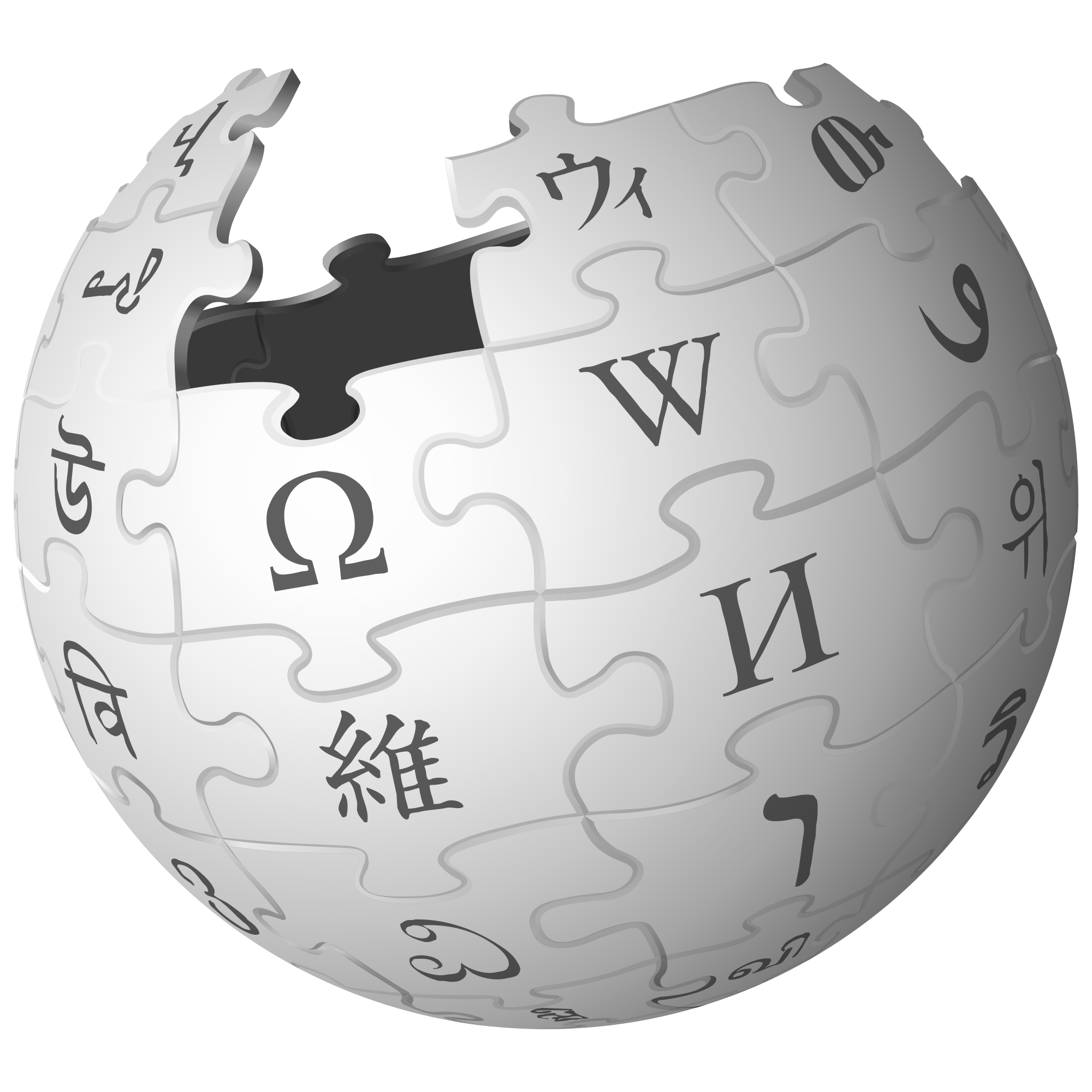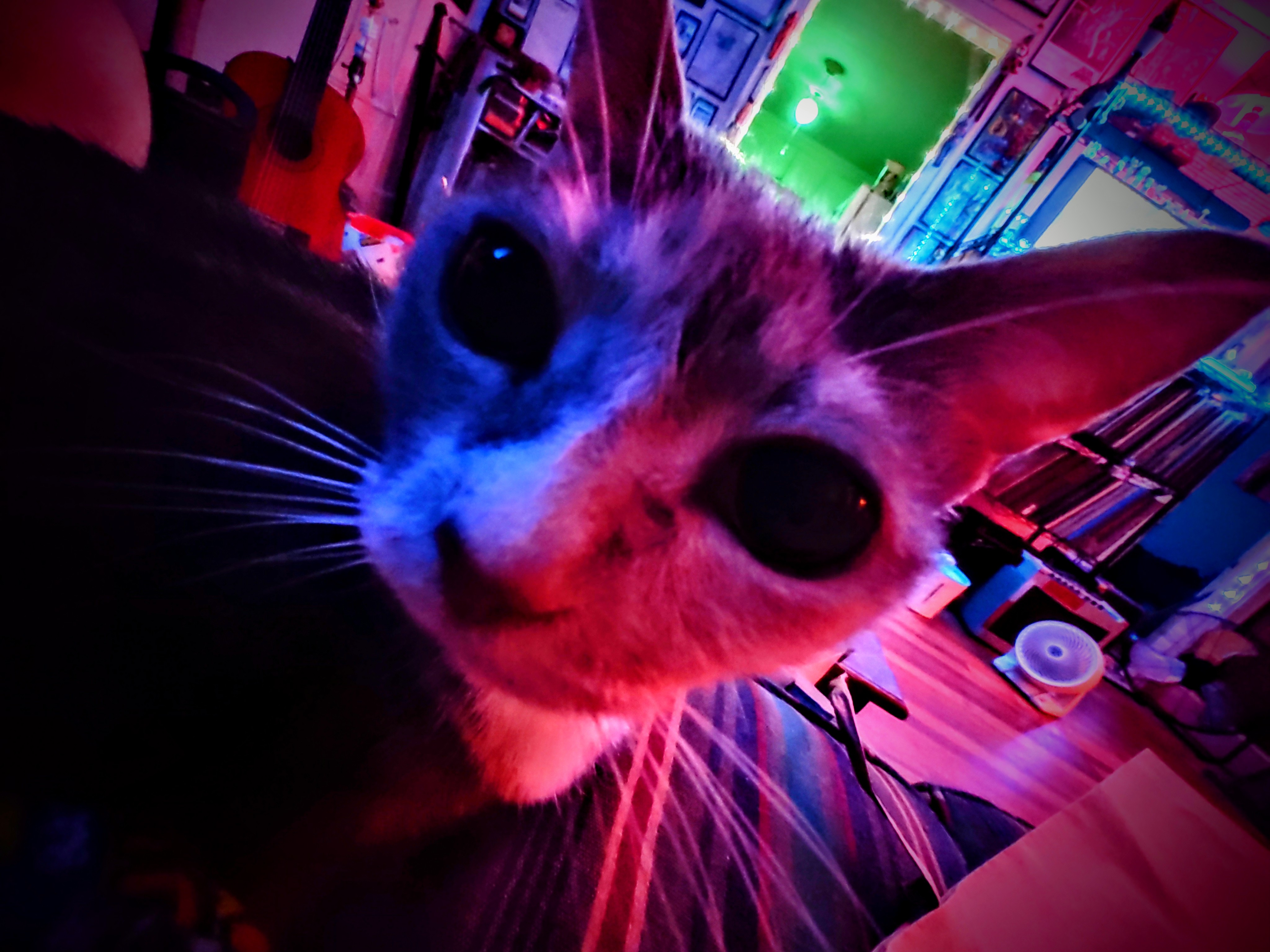I had one of these. I used a little driver program to use it to read regular bar codes via the stockroom computer at work. It was kind of a pain in the ass because you had to swipe it across the bar code at a steady speed and you couldn’t just point-and-beep. But it worked fine for our back room computer where this annoyance was outweighed by having to carry whatever it was all the way up front to one of the point of sale terminals to scan it.
This being an era when real bar code scanners cost Serious Money, and the now ubiquitous smartphone based mobile terminal did not yet exist. Yes, there were Windows CE commercial handhelds with bar code scanners built in, but those were monstrously expensive; management wasn’t going to spring for one of those, either.
Radio Shack gave these away for free but by the time I was using it they were wise to the unapproved use of the things, and they wouldn’t give you more than one.
I had one of these too and it never worked right. That may have been because I was a teenager at the time and had very little patience for such things lol
I had one. They were giving them away for free at Radio Shack.
What an awful product; I remember when they made weird shit like this
deleted by creator
Got one for my wife not too long ago. She uses it to catalog her books.
I still have mine
Hey - what if we give consumers a scanner? Then they could simply plug it in to their computer (Windows only) load the correct driver (hopefully), then correctly swipe over the UPC bar at the appropriate speed, at which point a browser (IE) might open and a non-depricated product page would load where consumers could add it to their “cart”, then “check out” by entering in their name, address, email, phone, credit card, and shipping information and purchase a widget! It’s jenious! Heck, it might even show up in the mail in a couple of weeks!
Reading your paper magazines in front of the desktop PC is the way of the future!
The thing about the cuecat is that it should have worked. And if it had come out in the mid-to-late '90s (say, 95-97), I really think it would have been a bigger thing than it was. The thing people today don’t really appreciate about the 90’s (and early 00’s) internet was just how deathly slow it was. People were using 33.6 kbps modems and were fine with it. Do you know how deathly slow a 33.6 connection was? A buddy of mine and I had 56k modems and used to download music videos from Kazaa in the early 00’s. We would start the download in the morning before going to work, and the download would be done (or almost done) when we got home (we lived next door to each other and worked at the same place). A full work day to download a 3-ish minute video at a crappy resolution. And this was using 56K modems. A 33.6 was noticably slower. Do you know what one of the big selling points on using Google back in the day was? Speed. Sure, Yahoo or Altavista might have better or nicer-looking results, but Google was fast. It was faster than all the other search engines, so people used it more. It helped that the search results weren’t crap either, but its speed really helped sell it to the average user (Google used to show how long the search took to complete, and if I remember correctly the search time was measured in milliseconds).
I say all this to help illustrate how slow the internet was back then. It was so god-awful slow. I remember in high school, I downloaded a 5MB anime clip on a school computer. It took like 15-20 seconds to download, and I was blown away at the speed (to give a reference, on my home computer I could take the dogs out on their leashes, hook them up on their runs and get back to the computer in the time it took to download a 100 kB file).
So a device that could scan a barcode in the Sears catalog and make the computer pull up the product’s web presence on the Sears website should have been a game changer. And scanning a barcode to add a product to a wishlist or cart would have saved so much time for the average web user. This product should have been gobbled up by the masses, but the breadth of its capabilities wasn’t embraced by the companies that could have used it the most.
Yes, reading paper magazines in front of your computer WAS the way of the future, because modems were super slow and anything that could offload that slowness was a blessing.
Also, your quip about ‘people plugging the cuecat into their Windows-only computer and loading the correct driver (hopefully)’ was just how the computer world worked at the time. Windows’ unofficial slogan was “sometimes it works and sometimes it doesn’t”. Having Windows crash for no good reason, having hardware fail for no good reason, losing the last hour of progress on your term paper due to Office crashing was all just something that computer users were accustomed to. Hell, Windows 98 had a BSOD while Bill Gates was showing it off at COMDEX 1998. Having hardware that was Windows-only and might or might not work was par for the course in those days. It wouldn’t have hurt the cuecat at all.







